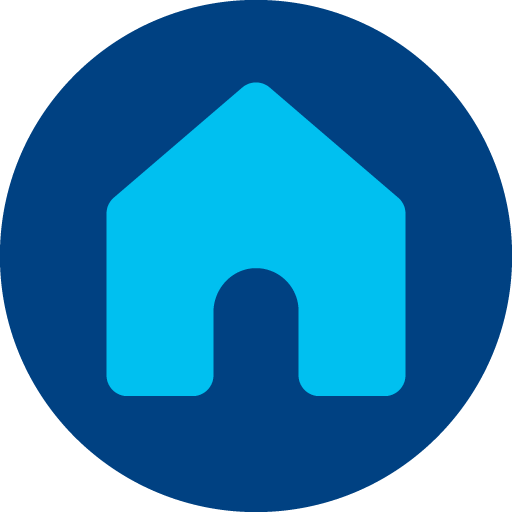Agent Live Chat
The agents can manage their incoming digital conversations in two different ways (be sure to have correctly setup your users inside the UCXP, please refer to the Create and manage users groups section):
From the Agent Omnichannel Console, seamless customer engagement across voice and digital channels is ideal. In this case, the agent will also have access to full Imagicle Agent Console features (discover more here).
From Agent Chat Console, it is ideal to manage conversations only by chat (voice not included). It is available as a web agent console or gadget embeddable into your Webex App, MS Teams client, or Cisco Finesse.
Agent Omnichannel Console
The Agent Omnichannel Console is available with Imagicle Engage Advanced Offer.
It unlocks the full feature to empower your customer service team, ideally up to 100 agents, with an easy-to-use, integrated solution. This makes your calling platform a better place without overwhelming you with the tons of features of a full CC.
Not yet on Engage Advanced? Discover more and apply for the offer here.
The Agent Omnichannel Console gives you access to caller information, handles calls, and effortlessly oversees queues. It also manages requests from various chat channels and enables users to interact with virtual agents via voice or digital means, escalating to human support as required.

Chat Panel on Imagicle Agent Omnichannel Console
To know more about how to handle the Chat in your Agent Omnichannel Console download this free User Guide or check the below images: https://discover.imagicle.com/agent-omnichannel-console-user-guide


Agent Chat Console
The Agent Chat Console allows you to engage customers on digital channels and manage chatbot escalation. It is available as a web agent console or gadget embeddable inside your Webex app, MS Teams client, or Cisco Finesse.

Agent Chat Console on Cisco Webex app
You can log in to the web agent console if you want to access the monitoring and analytics data. This section will allow you to see if there are any unassigned chats and quickly analyze your handled conversations.
Agent interface user guide
The agent interface is the same as any device you use to manage chat conversations, and it is a clear and straightforward space for agents to answer visitors' requests quickly and efficiently.

Change status
The first thing an agent can do is change its status, and he has three options available:
Available: the agent is ready to manage conversations;
Unavailable: the agent is busy already managing conversations;
Inactive: set by the agent or administrator to state the agent's absence (for example, in case of holidays or not working).
Create Ticket, Archive, Contact List
From the top left of the agent chat interface, you have three options available mainly connected to:
Create a ticket: A ticket represents an offline conversation manually created by an agent on behalf of an external end-user, normally to track a customer request/issue. The ticket can be assigned to any Smartflows agent (or group of agents). The end user will receive the agent's replies via email and can switch to a chat conversation anytime by clicking on the link in every email message they receive. This is useful, for instance, to track a request collected during a phone call and followed up via email or chat;

Archive: From the archived section, you can check all your archived conversations;
Contact list: From the contact list, you can access your colleagues' list and start a conversation with them.
Chat list, Unassigned Chats
Looking at the chat list panel, you can first access the active chat list, which contains all the chats that are assigned to the agent. Also, you can access the Unassigned chat list, from where you can decide to take charge of an unassigned chat.
Conversation Panel
The conversation panel is where you can start managing the current chat. You can easily type your reply in the text area at the bottom and hit the button to send the message.
You can also email at a particular moment to recap and continue the conversation in a separate location.
You can use a canned response, i.e., a shortcut to send a complex predefined answer to the customer, attach a file to the conversation, or select an emoji you want to send.
Action Panel
The action panel is where you handle your chats' status, assignations, and tickets.
Change the status: Easily change the conversation's status to "pending," and you can re-open it later or "resolve" and close it if managed.
Open a ticket: You can open a ticket, set its priority, assign the case to a teammate, convert it to offline, and add a tag.
Add a note: You can add notes during or following your conversation. This
It can help you remember key points that emerged from your direct conversation with the visitor.
Reassign, add a teammate, leave: You can 'reassign' a chat to a teammate or a chatbot, which can streamline your workload. Additionally, you can 'add a teammate' to join the ongoing conversation before choosing to 'leave'.

Change status

Open a ticket

Add a note

Reassign, add teammate, leave
Visitor information
If you view them in your chat flow, you can access all visitor information from the 'Profile' section. This includes:
Email, company, phone number, address, and any tag.
The name of the chatbot the visitor comes from.
The browsers like Chrome, Firefox, etc.
Approximate Geolocation based on their IP address.
The language the visitor started the chat with (you can set your chat in multilanguage).
